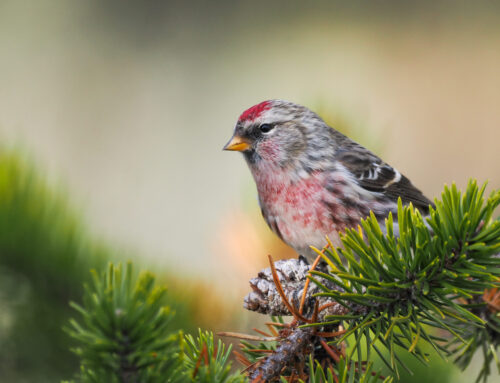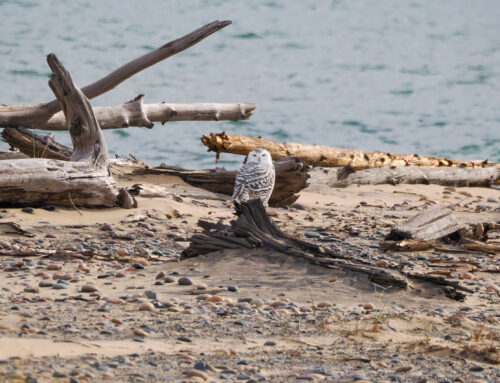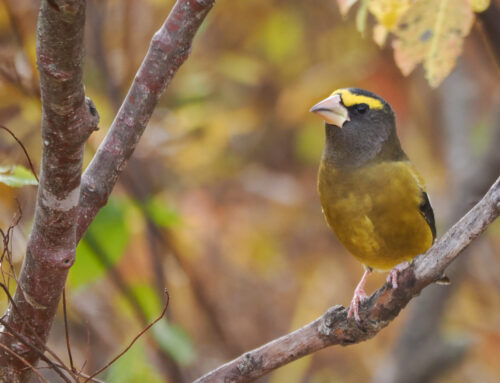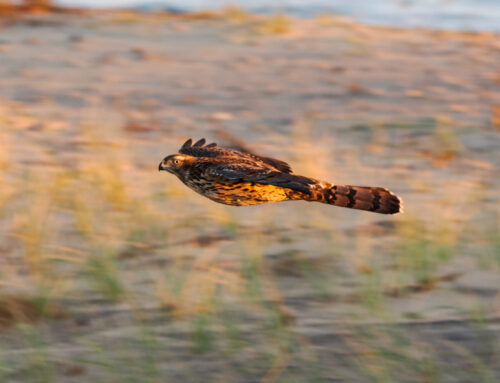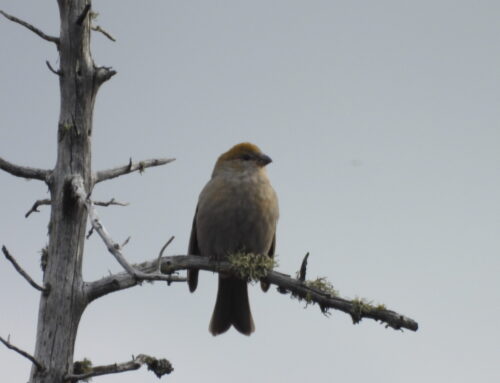It appears that the Piping Plover breeding season is practically at its close.
I last saw Little Bill Bob with his chick on July 28.
Now, I hike the beach from end to end, with my plover findings turning up short.
O chick has shown sporadically, and I feel a twinge of sadness when I see him all by himself. Soon enough, he’ll be on his way, and Whitefish Point will be ploverless.
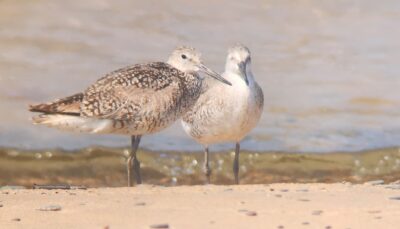
Willets. Photo by Stephanie Owens
It’s bittersweet now that our plovers have left. I’m grateful that Baby survived this far and hope that he and all the plovers seen this season will return next year.
Plovers aren’t the only birds migrating from their summer homes. I’ve had a few special sightings this past week.
On July 27, I spotted a group of five Willets along the shore far west of the lighthouse, an uncommon viewing for Whitefish Point. From the coloration along the scapulars of the individual on the left, it can be noted that this bird is an adult.
The following day, I had the joy of viewing two different Great Blue Herons. I can’t put my finger on exactly why I find this species so captivating, but every time I see one, I have to stop in my tracks and admire it. Two days later, on July 30, I was treated by the presence of a Great Egret. Similar in silhouette to a heron, I quite enjoy observing these slender-necked birds as well.
~ Stephanie Owens
2024 Piping Plover Monitor
Featured photo: The final photo taken of Baby at the Point this season. Photo by Stephanie Owens
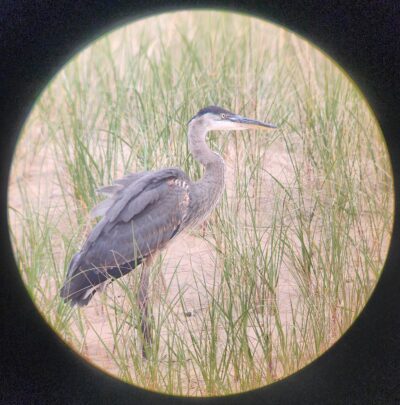
Great Blue Heron. Photo by Stephanie Owens
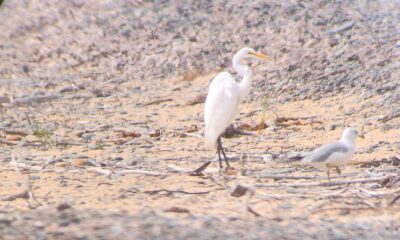
Great Egret alongside a Ring-billed Gull. Photo by Stephanie Owens
Piping Plover monitoring is a collaborative effort between Michigan Audubon and Seney National Wildlife Refuge (USFWS).
You can keep up with the 2024 Piping Plover action at WPBO by reading Stephanie’s blog posts and following WPBO’s social media (Facebook, Instagram, and X).
Stephanie Owens: 2024 Piping Plover Monitor
 Stephanie is a native Yooper and a recent graduate of Lake Superior State University. She earned a Bachelor of Science in Conservation Biology and completed her senior thesis on the distribution of per- and polyfluoroalkyl substances in waterways in Eastern Upper Peninsula. Previously, she worked as a Piping Plover monitor in the U.P. for two seasons and conducted Black Tern and habitat surveys during that time as well.
Stephanie is a native Yooper and a recent graduate of Lake Superior State University. She earned a Bachelor of Science in Conservation Biology and completed her senior thesis on the distribution of per- and polyfluoroalkyl substances in waterways in Eastern Upper Peninsula. Previously, she worked as a Piping Plover monitor in the U.P. for two seasons and conducted Black Tern and habitat surveys during that time as well.


